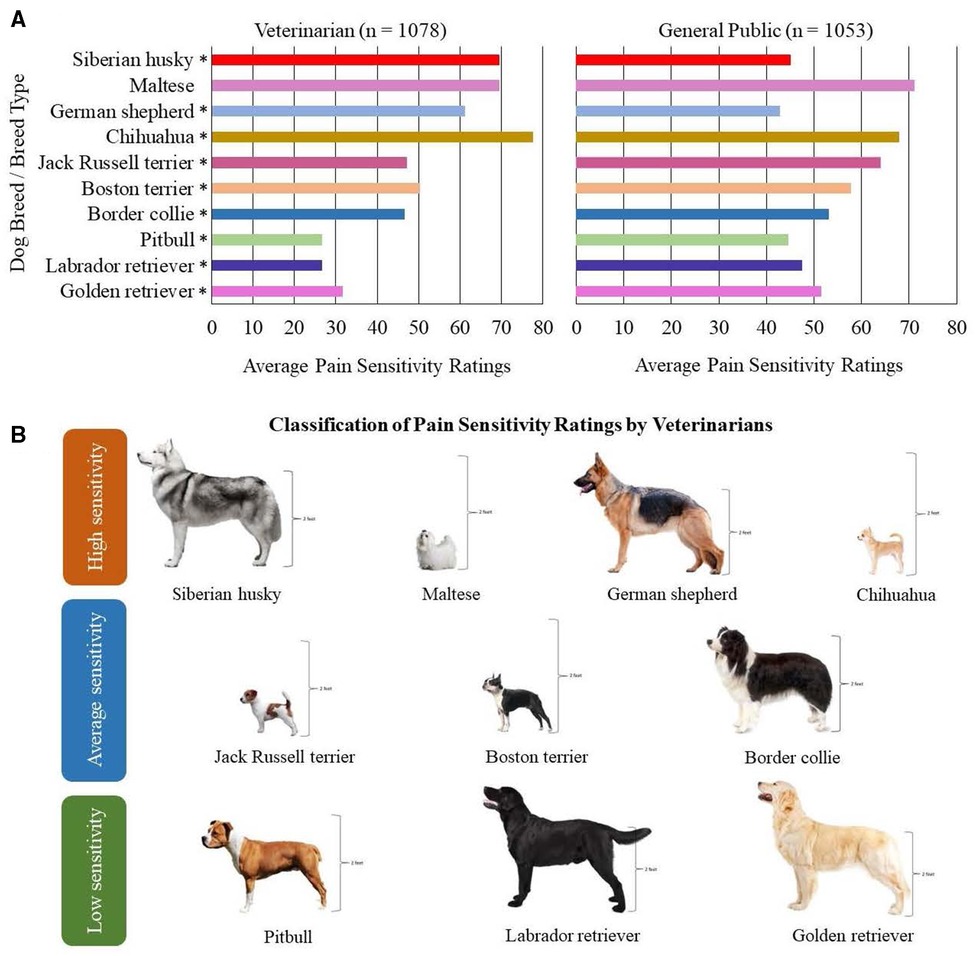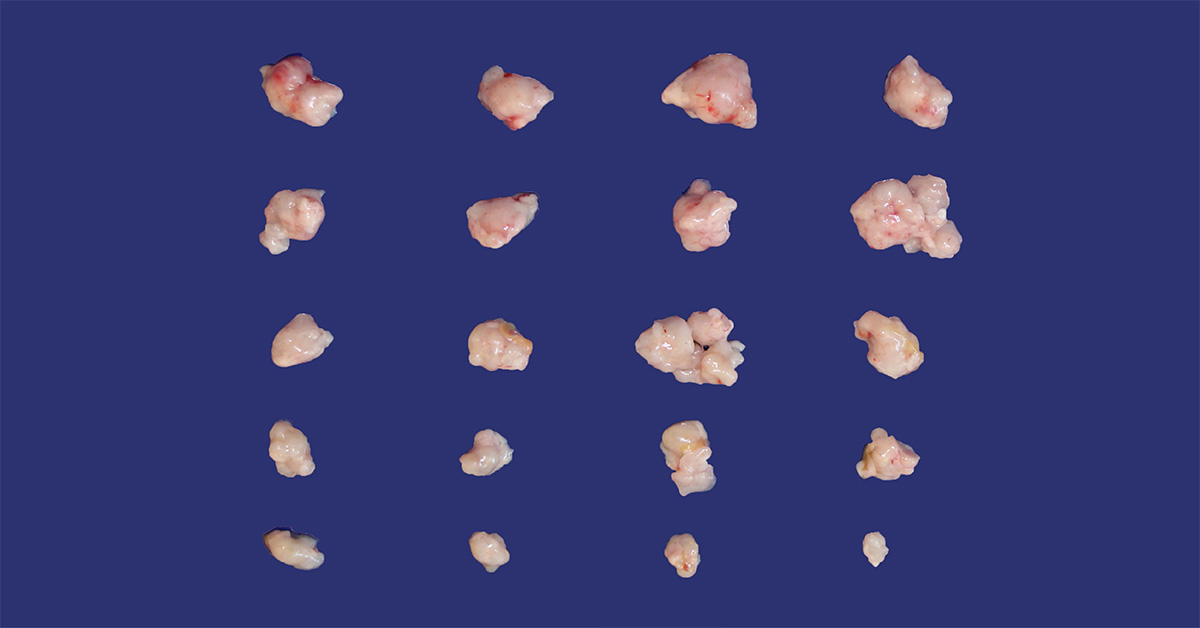2023-06-28 カリフォルニア大学サンディエゴ校(UCSD)
◆ミツバチはアメリカ大陸固有ではなく、自己受粉を引き起こすため、同じ個体からの花粉が多く運ばれます。これにより、品質の低い子孫が生まれる可能性があります。
◆この研究は、ミツバチの受粉が地元の植物にとって不利な影響を及ぼす可能性があり、侵入植物種の侵入や生態系の破壊につながる可能性があると指摘しています。
<関連情報>
- https://today.ucsd.edu/story/plants-pollinated-by-honey-bees-produce-lower-quality-offspring
- https://royalsocietypublishing.org/doi/abs/10.1098/rspb.2023.0967
- https://royalsocietypublishing.org/doi/10.1098/rspb.2018.2901
ミツバチ(Apis mellifera)は受粉させる植物の体力を低下させるHoneybees (Apis mellifera) decrease the fitness of plants they pollinate
Dillon J. Travis and Joshua R. Kohn
Proceedings of the Royal Society B Published:28 June 2023
DOI:https://doi.org/10.1098/rspb.2023.0967
Abstract
Most flowering plants require animal pollination and are visited by multiple pollinator species. Historically, the effects of pollinators on plant fitness have been compared using the number of pollen grains they deposit, and the number of seeds or fruits produced following a visit to a virgin flower. While useful, these methods fail to consider differences in pollen quality and the fitness of zygotes resulting from pollination by different floral visitors. Here we show that, for three common native self-compatible plants in Southern California, super-abundant, non-native honeybees (Apis mellifera L.) visit more flowers on an individual before moving to the next plant compared with the suite of native insect visitors. This probably increases the transfer of self-pollen. Offspring produced after honeybee pollination have similar fitness to those resulting from hand self-pollination and both are far less fit than those produced after pollination by native insects or by cross-pollination. Because honeybees often forage methodically, visiting many flowers on each plant, low offspring fitness may commonly result from honeybee pollination of self-compatible plants. To our knowledge, this is the first study to directly compare the fitness of offspring resulting from honeybee pollination to that of other floral visitors.
Footnotes
Electronic supplementary material is available online at https://doi.org/10.6084/m9.figshare.c.6697775.
外来ミツバチが生物多様性のホットスポットで最も豊富な花資源を不釣り合いに支配している Non-native honey bees disproportionately dominate the most abundant floral resources in a biodiversity hotspot
Keng-Lou James Hung,Jennifer M. Kingston,Adrienne Lee,David A. Holway and Joshua R. Kohn
Proceedings of the Royal Society B Published:20 February 2019
DOI:https://doi.org/10.1098/rspb.2018.2901

Abstract
Most plant–pollinator mutualisms are generalized. As such, they are susceptible to perturbation by abundant, generalist, non-native pollinators such as the western honey bee (Apis mellifera), which can reach high abundances and visit flowers of many plant species in their expansive introduced range. Despite the prevalence of non-native honey bees, their effects on pollination mutualisms in natural ecosystems remain incompletely understood. Here, we contrast community-level patterns of floral visitation by honey bees with that of the diverse native pollinator fauna of southern California, USA. We show that the number of honey bees visiting plant species increases much more rapidly with flower abundance than does that of non-honey bee insects, such that the percentage of all visitors represented by honey bees increases with flower abundance. Thus, honey bees could disproportionately impact the most abundantly blooming plant species and the large numbers of both specialized and generalized pollinator species that they sustain. Honey bees may preferentially exploit high-abundance floral resources because of their ability to recruit nest-mates; these foraging patterns may cause native insect species to forage on lower-abundance resources to avoid competition. Our results illustrate the importance of understanding foraging patterns of introduced pollinators in order to reveal their ecological impacts.


